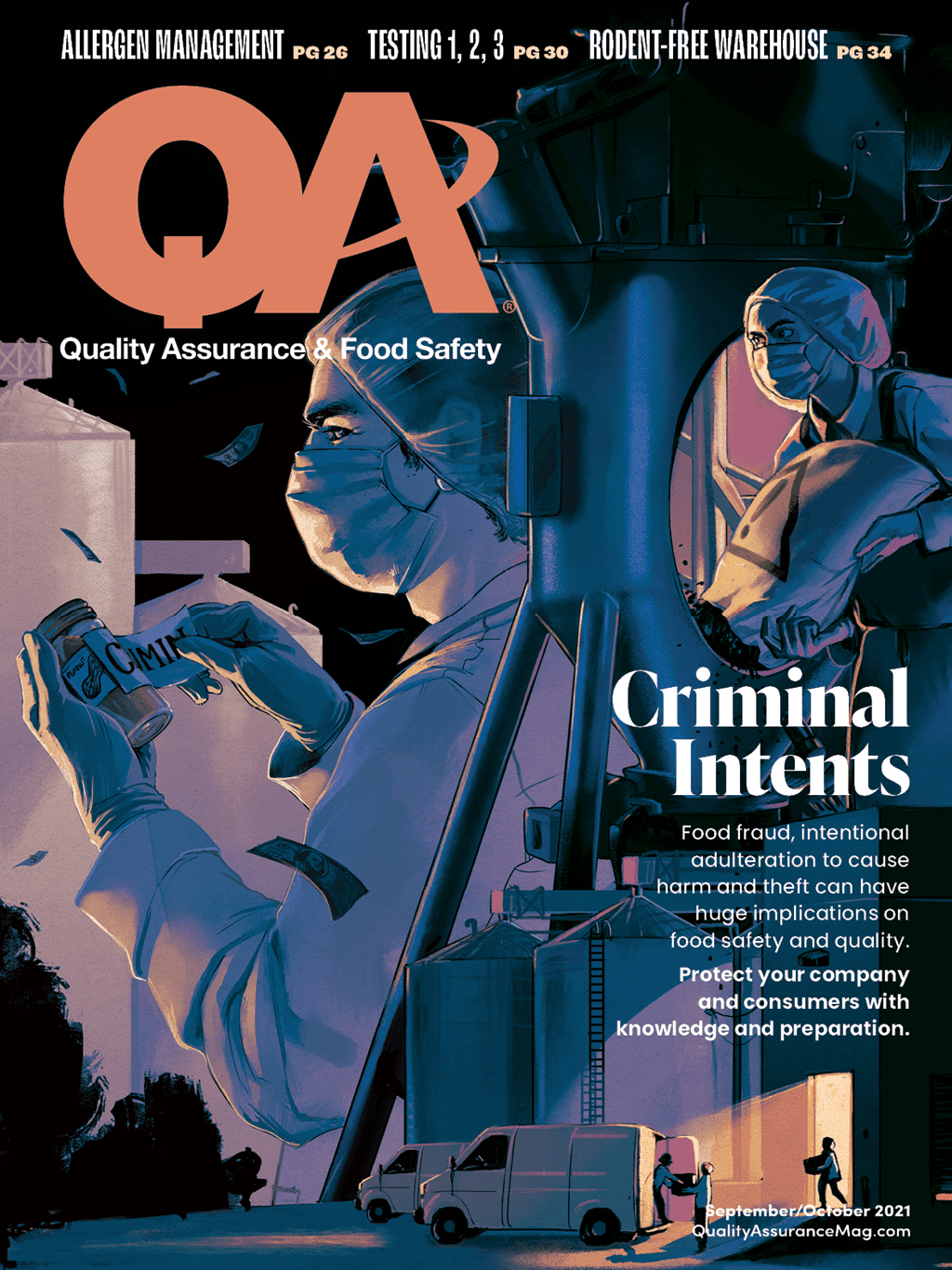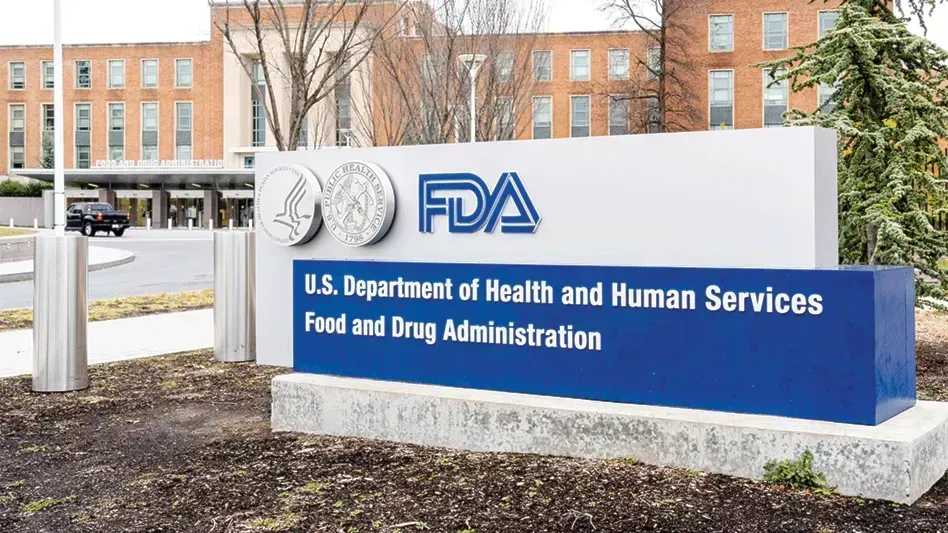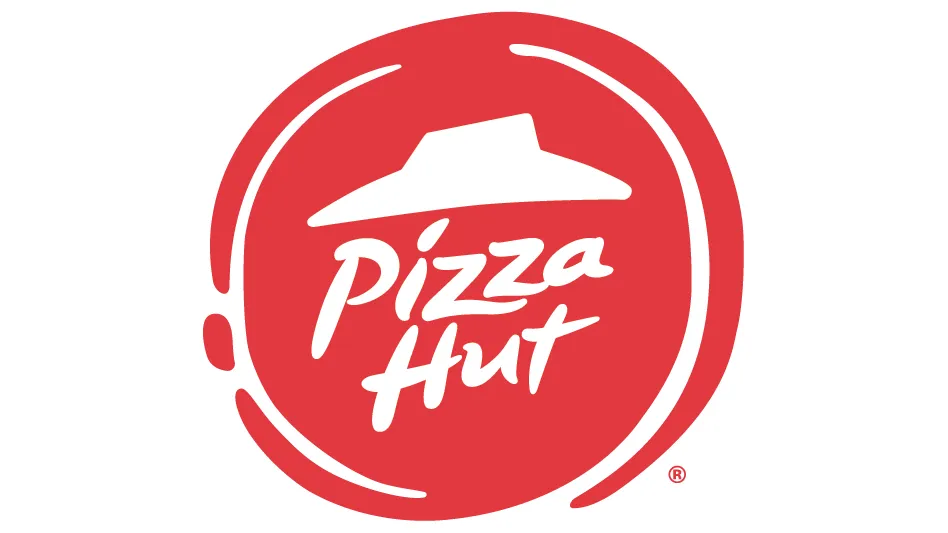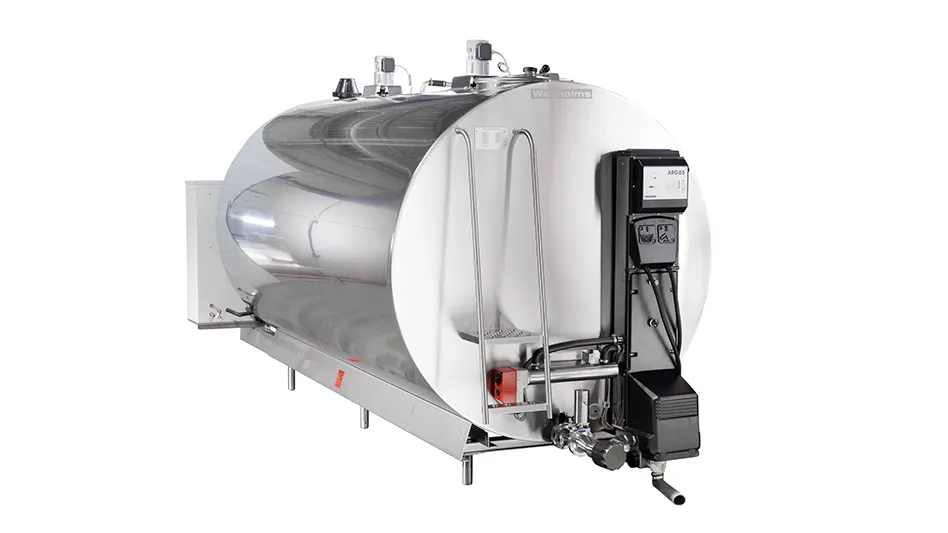
Lab Management is a necessary, but often complicated, part of any food safety system. Thomas Jones, the Senior Director of Analytical Services at Safe Food Alliance, breaks down five things you need to know about lab management and working with a third-party lab.
1 Why would a food facility use a third-party lab?
Third-party laboratory testing provides an independent assessment of your food products and environmental samples — a common buyer requirement. Outside labs also offer specialized tests or services that are not practical to handle in-house, such as pesticide screening or process validations. The lab you choose should offer the tests you require, be accredited (e.g., to ISO 17025) and provide solid customer service (technical support, accessibility, and adequate business hours).
2 What are some misconceptions about third-party labs?
Not all labs are the same! The types of testing and services can vary between facilities. It is critical that the laboratory has experience with your product type and the procedures required. Testing costs are another issue — you get what you pay for. Beware of unusually low prices that are well below the going rate, as this may indicate that shortcuts are being taken that put your brand at risk.
3 How can customers get the most out of their third-party lab?
Ask plenty of questions — find out exactly what services they offer and what they cost. Do they provide free quotes and consulting to interpret the data? I recommend visiting the laboratory — they should welcome prospective clients tours of the facility; speak with key technical personnel; and evaluate their capabilities. Your third-party laboratory is a critical supplier just like your ingredient manufacturers, so you must choose wisely.
4 How do customers know what tests they need for their product?
Buyer specifications often include the type of required testing, the sampling procedures, specific analytical methods and required sample sizes, and accepted values for the analytical results. Sharing and discussing these specifications with your third-party lab is essential to ensure the correct testing is followed. In the absence of any specification, the laboratory staff should be able to assist you in deciding what is needed.
5 What is the difference between AOAC and a proprietary test?
AOAC is the Association of Official Analytical Chemists. They independently assess test methods for accuracy and performance. The Performance Tested Methods (PTM/RI methods) go through an independent laboratory study and data review that is published. The Official Methods of Analysis (OMA) go through an additional collaborative study with multiple labs to demonstrate their repeatability. OMA is the “gold standard” in testing, and some buyers insist on them — know what tests you need.

Explore the September October 2021 Issue
Check out more from this issue and find you next story to read.
Latest from Quality Assurance & Food Safety
- Food Safety Summit Keynote Focuses on Food Safety Leadership
- FDA Publishes Landmark Final Rule to Enhance the Safety of Agricultural Water
- The Wendy's Company Reports 2023 Corporate Responsibility Progress
- Local Bounti Opens New Controlled Environment Agriculture Facility
- Tröegs Partners with Patagonia Provisions to Introduce Kernza Lager
- Neogen Launches New Molecular Method for Detection of Two Salmonella Serotypes
- Standard Meat Company Appoints Keith Blanks as Chief Commercial Officer
- USDA Finalizes Policy to Protect Consumers from Salmonella in Raw Breaded Stuffed Chicken Products




